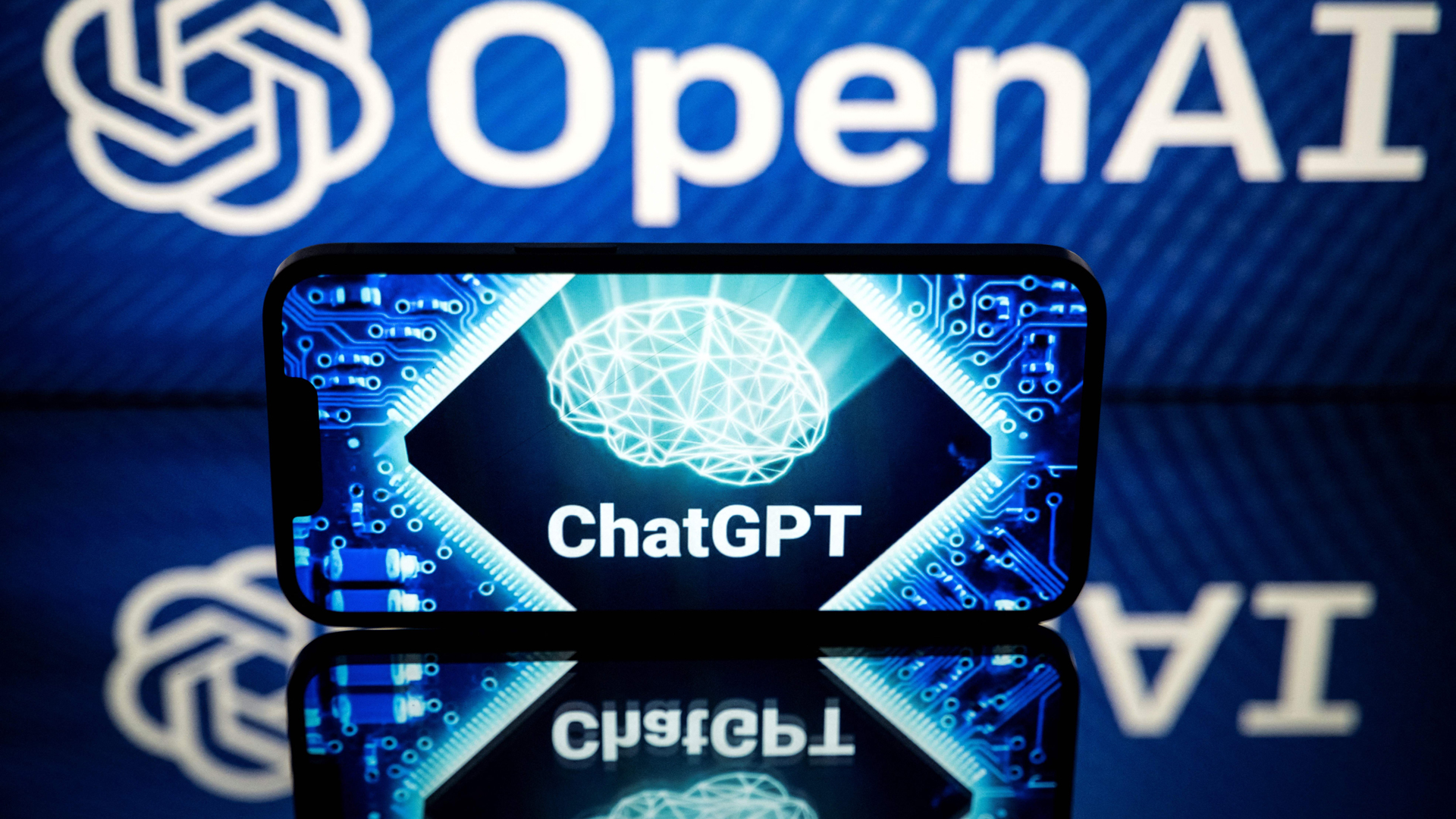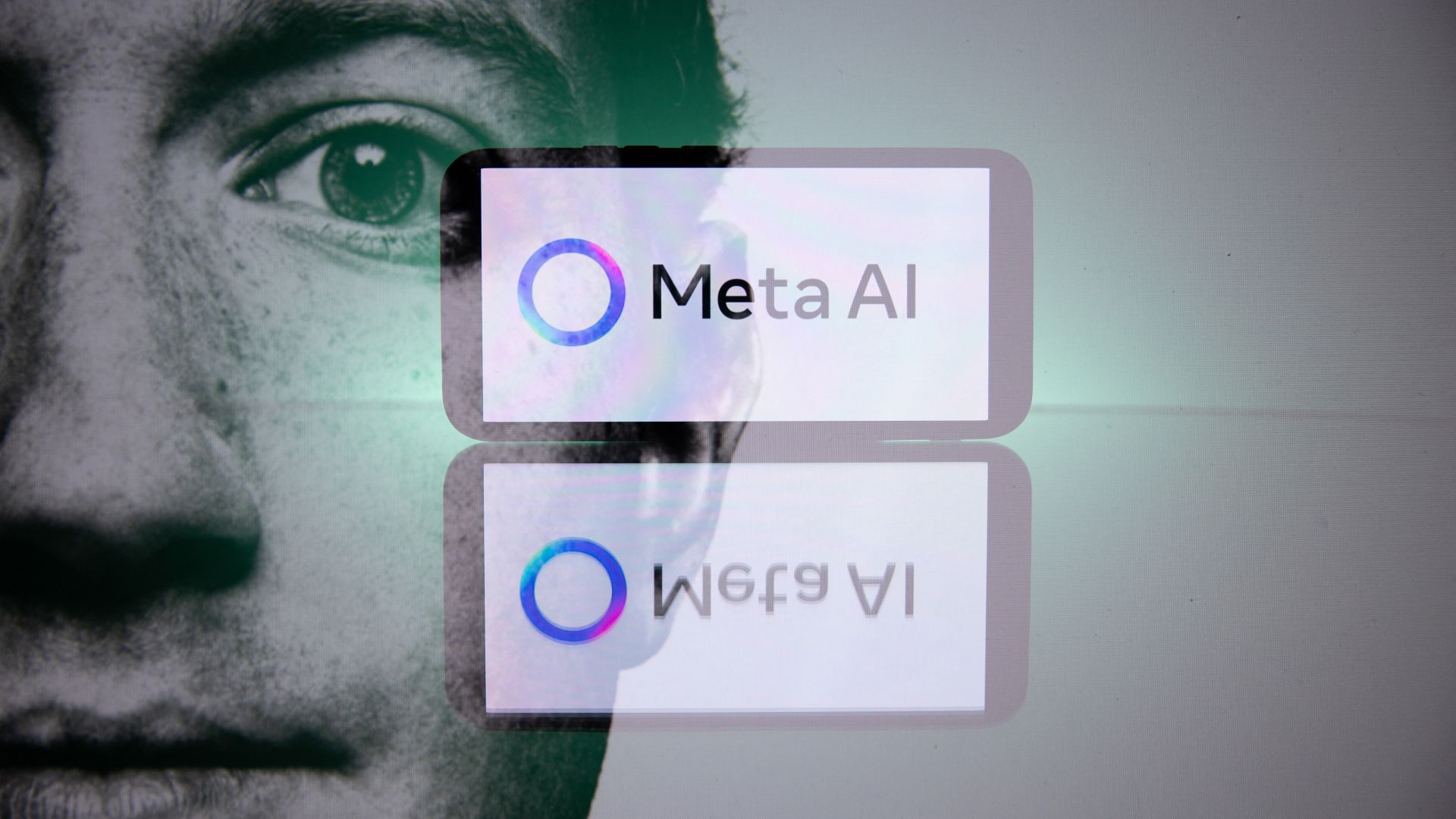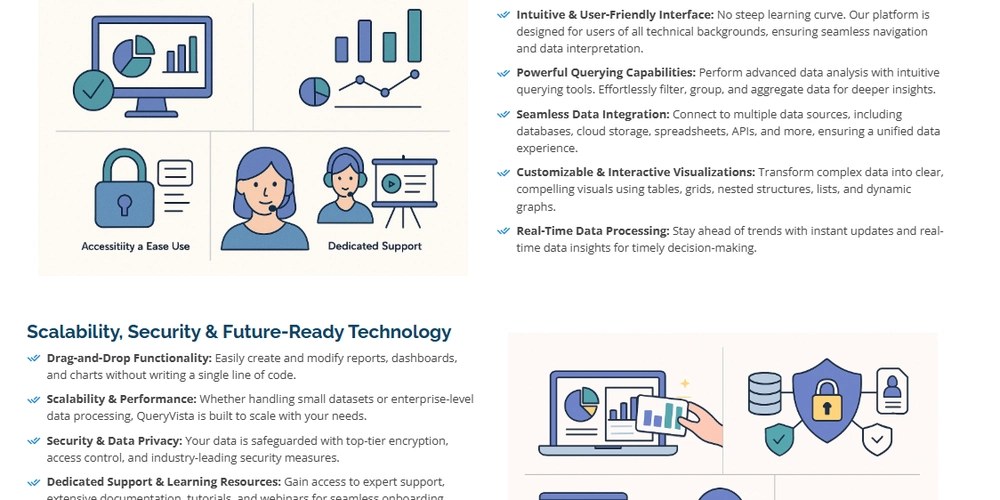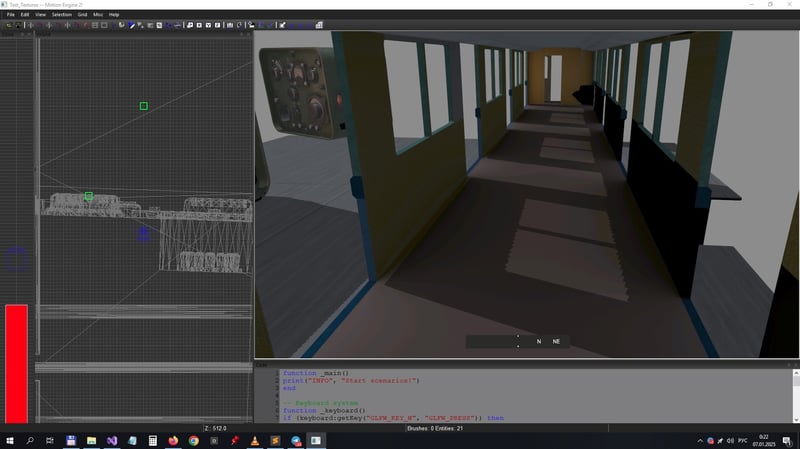Social Network Analysis Programming
Social Network Analysis (SNA) is a powerful technique used to explore and analyze the relationships between individuals, groups, or entities. With programming, we can visualize and calculate complex network structures, which is useful in fields like sociology, marketing, cybersecurity, and even epidemiology. What is Social Network Analysis? Social Network Analysis is the process of mapping and measuring relationships and flows between people, groups, organizations, computers, or other information/knowledge processing entities. It reveals the structure of networks and helps identify influential nodes, communities, and patterns. Key Concepts in SNA Nodes (Vertices): Represent entities (e.g., people, computers). Edges (Links): Represent connections or relationships between nodes. Degree Centrality: Number of direct connections a node has. Betweenness Centrality: How often a node appears on shortest paths. Clustering: Grouping of nodes based on similarity or proximity. Tools & Libraries for SNA Programming Python: Powerful language with strong libraries like NetworkX and Pandas. NetworkX: Used to create, manipulate, and visualize complex networks. Gephi: GUI-based open-source software for large network visualization. Graph-tool (Python): Fast and efficient network analysis for large graphs. D3.js: JavaScript library for dynamic and interactive network visualizations. Example: Basic Network Analysis with Python & NetworkX import networkx as nx import matplotlib.pyplot as plt Create a graph G = nx.Graph() Add nodes and edges G.add_edges_from([ ('Alice', 'Bob'), ('Alice', 'Carol'), ('Bob', 'David'), ('Carol', 'David'), ('Eve', 'Alice') ]) Draw the network nx.draw(G, with_labels=True, node_color='lightblue', edge_color='gray') plt.show() Analyze print("Degree Centrality:", nx.degree_centrality(G)) print("Betweenness Centrality:", nx.betweenness_centrality(G)) Applications of Social Network Analysis Marketing: Identify key influencers and optimize content spread. Security: Detect suspicious communication patterns or malware spread. Epidemiology: Track the spread of diseases across populations. Sociology: Understand community structures and social behavior. Recommendation Systems: Suggest friends, content, or connections. Tips for Effective SNA Programming Start with clean and structured data (CSV, JSON, etc.). Visualize early and often to detect patterns. Use metrics like centrality and clustering coefficients for deeper insights. Leverage real-world datasets like Twitter or Facebook data via APIs. Scale with performance-optimized libraries for large datasets. Conclusion Social Network Analysis Programming unlocks a new dimension in data analysis by focusing on relationships rather than isolated entities. With the right tools and mindset, you can uncover hidden structures, detect influence patterns, and make data-driven decisions in a connected world.

Social Network Analysis (SNA) is a powerful technique used to explore and analyze the relationships between individuals, groups, or entities. With programming, we can visualize and calculate complex network structures, which is useful in fields like sociology, marketing, cybersecurity, and even epidemiology.
What is Social Network Analysis?
Social Network Analysis is the process of mapping and measuring relationships and flows between people, groups, organizations, computers, or other information/knowledge processing entities. It reveals the structure of networks and helps identify influential nodes, communities, and patterns.
Key Concepts in SNA
- Nodes (Vertices): Represent entities (e.g., people, computers).
- Edges (Links): Represent connections or relationships between nodes.
- Degree Centrality: Number of direct connections a node has.
- Betweenness Centrality: How often a node appears on shortest paths.
- Clustering: Grouping of nodes based on similarity or proximity.
Tools & Libraries for SNA Programming
- Python: Powerful language with strong libraries like NetworkX and Pandas.
- NetworkX: Used to create, manipulate, and visualize complex networks.
- Gephi: GUI-based open-source software for large network visualization.
- Graph-tool (Python): Fast and efficient network analysis for large graphs.
- D3.js: JavaScript library for dynamic and interactive network visualizations.
Example: Basic Network Analysis with Python & NetworkX
import networkx as nx
import matplotlib.pyplot as plt
Create a graph
G = nx.Graph()
Add nodes and edges
G.add_edges_from([
('Alice', 'Bob'),
('Alice', 'Carol'),
('Bob', 'David'),
('Carol', 'David'),
('Eve', 'Alice')
])
Draw the network
nx.draw(G, with_labels=True, node_color='lightblue', edge_color='gray')
plt.show()
Analyze
print("Degree Centrality:", nx.degree_centrality(G))
print("Betweenness Centrality:", nx.betweenness_centrality(G))
Applications of Social Network Analysis
- Marketing: Identify key influencers and optimize content spread.
- Security: Detect suspicious communication patterns or malware spread.
- Epidemiology: Track the spread of diseases across populations.
- Sociology: Understand community structures and social behavior.
- Recommendation Systems: Suggest friends, content, or connections.
Tips for Effective SNA Programming
- Start with clean and structured data (CSV, JSON, etc.).
- Visualize early and often to detect patterns.
- Use metrics like centrality and clustering coefficients for deeper insights.
- Leverage real-world datasets like Twitter or Facebook data via APIs.
- Scale with performance-optimized libraries for large datasets.
Conclusion
Social Network Analysis Programming unlocks a new dimension in data analysis by focusing on relationships rather than isolated entities. With the right tools and mindset, you can uncover hidden structures, detect influence patterns, and make data-driven decisions in a connected world.





































































![New Beats USB-C Charging Cables Now Available on Amazon [Video]](https://www.iclarified.com/images/news/97060/97060/97060-640.jpg)
![Apple M4 13-inch iPad Pro On Sale for $200 Off [Deal]](https://www.iclarified.com/images/news/97056/97056/97056-640.jpg)














![Here’s the first live demo of Android XR on Google’s prototype smart glasses [Video]](https://i0.wp.com/9to5google.com/wp-content/uploads/sites/4/2025/04/google-android-xr-ted-glasses-demo-3.png?resize=1200%2C628&quality=82&strip=all&ssl=1)






















































































































































































![[The AI Show Episode 144]: ChatGPT’s New Memory, Shopify CEO’s Leaked “AI First” Memo, Google Cloud Next Releases, o3 and o4-mini Coming Soon & Llama 4’s Rocky Launch](https://www.marketingaiinstitute.com/hubfs/ep%20144%20cover.png)







































































































































































.png?width=1920&height=1920&fit=bounds&quality=70&format=jpg&auto=webp#)

































































